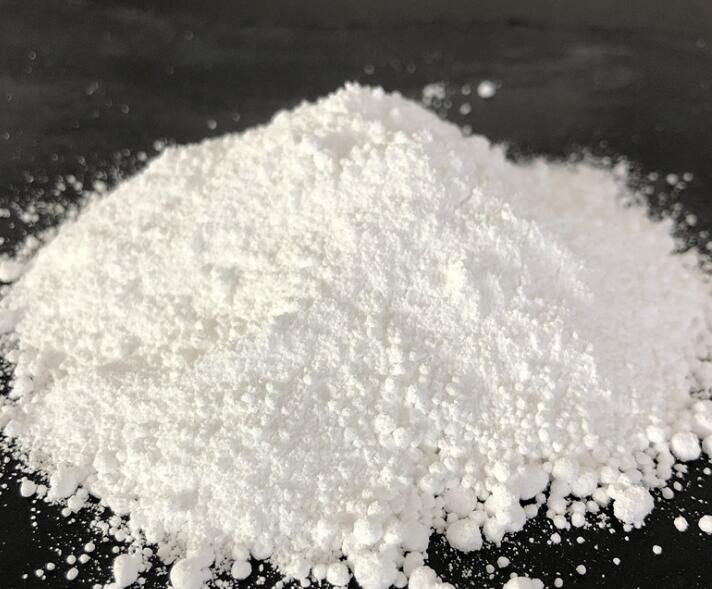Optimize Internet Marketing Strategy: Effectively use SEO titles to improve search engine rankings and user attraction

Liquid phase precipitation is a commonly used method to prepare high-purity and ultra-fine flame-retardant magnesium hydroxide (Mg(OH)₂). The following are detailed steps and key points of the method, based on previously provided information and other literature:
1. Raw material selection and ratio
Main raw materials: select high-purity magnesium sulfate (MgSO₄) as the magnesium source and sodium hydroxide (NaOH) as the precipitant. In order to improve the dispersion and surface properties of the powder, an appropriate amount of surfactants can be added, such as sodium stearate (NaSt) and polyethylene glycol (PEG2000). Ratio optimization: Optimize the molar ratio of n(NaOH): n(MgSO₄), which is generally recommended to be 2.5:1.0 to ensure complete reaction and control the particle size of the product. 2. Control of reaction conditions
Temperature: Set the reaction temperature to 60°C. This temperature will help speed up the reaction rate and avoid excessive temperature causing particle growth. Stirring rate: Maintain the stirring rate at 400 r/min to promote uniform mixing and prevent particle aggregation. Reaction time: The reaction time is controlled at 50 minutes to ensure that the precipitation process is fully completed. Surfactant used: The ratio of NaSt to PEG2000 is 4:1, and the total amount is 4 g/mol MgSO₄ to improve the surface properties and dispersion of the powder. 3. Precipitation and post-treatment
Precipitation method: Bidirectional precipitation is used, which helps to form more uniform and finer particles. Washing and drying: After the reaction is completed, wash with pure water for more than 3 times to completely remove residual salt and other impurities, and then dry the powder by appropriate methods (such as vacuum drying or drying). 4. Performance testing and optimization
Product characterization: Evaluate the morphology, crystalline phase structure, and particle size of the product through scanning electron microscopy (SEM), X-ray diffraction (XRD), particle size and particle size distribution analysis, purity determination, dispersion effect, and wettability testing. and key indicators such as distribution and purity. Process optimization: Based on test result feedback, the precipitation method, reactant ratio, reaction conditions, etc. are adjusted to achieve the best performance indicators. Through the above steps, magnesium hydroxide powder with high purity, ultra-fine particle size and good flame retardant properties can be effectively prepared, which is suitable for the application of various high-performance flame retardant materials, such as plastics, rubber, cable sheathing, etc. The advantage of this method is that it can precisely control reaction conditions and achieve product customization while maintaining good economy and environmental friendliness.








